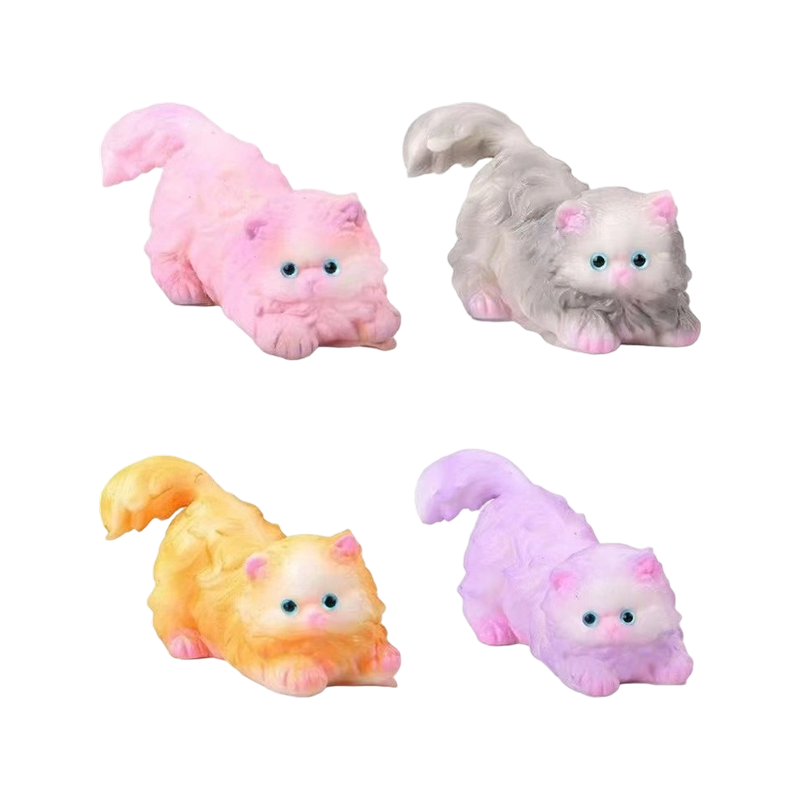
In recent years, stress squeeze toys have become increasingly popular as a simple yet effective tool for managing stress and supporting mental health. These handheld items are designed to be squeezed repeatedly, offering users a physical outlet for tension. While their popularity might be partly due to their convenience, there is scientific reasoning behind why stress squeeze toys can be helpful in calming the mind and body.
At the heart of the benefits of stress squeeze toys is the connection between physical activity and emotional regulation. When someone squeezes a stress toy, they engage muscles in their hands and forearms. This repeated motion can stimulate the production of endorphins—natural chemicals in the brain that promote feelings of well-being and relaxation. The physical action acts as a distraction, helping the individual to divert attention from stressful thoughts and focus on the sensory experience instead.
The physical engagement provided by a stress squeeze toy also interacts with the nervous system in ways that help reduce anxiety. Stress and anxiety tend to activate the sympathetic nervous system, responsible for the body’s fight-or-flight response. The rhythmic squeezing motion can stimulate the parasympathetic nervous system, which promotes calmness and helps slow the heart rate. This shift in nervous system activity encourages the body to relax, reducing feelings of tension and agitation.
Beyond these physiological effects, stress squeeze toys offer psychological benefits as well. Engaging the hands in a simple, repetitive task can interrupt negative or racing thoughts, giving the brain a break from worry or anxiety. This form of distraction is particularly useful during moments of heightened stress when it can be difficult to regain control over one’s emotions. By focusing on the sensation of squeezing, users can experience a form of mindfulness, tuning in to the present moment instead of fixating on stressful concerns.
Another aspect of stress squeeze toys that contributes to their appeal is their ability to improve concentration and focus. In environments such as offices or classrooms, feelings of restlessness or anxiety can impair productivity. Using a stress squeeze toy can provide a subtle outlet for excess energy, allowing users to remain engaged without becoming distracted. This sensory stimulation can have a calming influence, especially for individuals who struggle with attention difficulties.
The portability and accessibility of stress squeeze toys make them practical tools for everyday stress management. They are small enough to carry in a bag or pocket and can be used discreetly in many settings. This ease of use means individuals can incorporate stress relief into their daily routines without needing additional equipment or significant time commitments.
When choosing a stress squeeze toy, personal preferences play an important role. These toys come in a variety of materials, shapes, and firmness levels. Some users may prefer softer toys that provide gentle resistance, while others may find that firmer toys offer a more satisfying sensation and greater stress relief. Selecting the right toy can enhance the overall experience and encourage consistent use.
The science behind stress squeeze toys reveals how simple physical activity and sensory engagement can support mental health. By promoting relaxation, reducing anxiety, and improving focus, these toys offer a practical approach to managing stress. Their convenience and effectiveness make them accessible tools that anyone can use to help cope with the demands of daily life. Integrating a stress squeeze toy into regular routines may contribute positively to emotional well-being and overall mental balance.

